Dictionary of Buddhist Iconography (Volume 8)
Sata-Pitaka Series
Synopsis
The Dictionary of Budddhist Iconography is an endeavour of half a century to identify, classify, describe and delineate the bewildering variation in Buddhist Icons. It spans the last twenty centuries, and it is a comparative study of unprecedented geographric variations, besides the ever-evolving visalisations of great masters who introduced extraordinary plurality of divine forms in the dharanis and sadhanas. The multiple forms of a theonym arise in varying contexts. Forexample, Hevajra of the Hevajra-tantra holds crania in his hands, while the Hevajra of the Samputa-tantra has weapons. Both are subdivided into four each on the planes of kaya, vak, citta and hrdaya, with two, four, eight and sixteen arms. The Dictioary classifies several such types of a deity and places each in its theogonic structure, specifies the earliest date of its occurrence (e.g. Amoghapasa appears in Chinese in AD 587), the earliest image, the direct ion which it is placed in the specific quarter of the mandala, its classification, colour, crown or hairdo, ferocious or serene appearance, number of eyes and heads, hair standing up and /or flaming, number of arms and attributes held in them, consort, lord of the family (Kulesa), and so on. The esoteric name, symbolic form (samaya), bija (hierogram), mantra, mudra and mandala are given in this Dictionary for the first time and on an extensive scale. The Sanskrit, Chinese, Korean, Japanese, Tibetan, Mongolian, Manchu and other names are given under the main entry, as well as cross-referenced in their own alphabetic order. The Dictionary details the characteristic attributes, chronology and symbolism of over twelve thousand main and minor deities. It reflects the extraordinary cultural, literary, aesthetic and spiritual achievements of several nations of Asia over two millennia. It will help to identify the masterpieces along with the profusion of masters and divine beings around them. The last few decades have seen an exuberant flourishing of the study and popularization of the patrimony of Buddhist art for its aesthetic magnificence. This Dictionary will add a dimension of precision and depth of perception to the visual tradition of paintings and sculptures.
Read more
67.50
60.75
$
75.00 $
Free delivery Wolrdwidе in 10-18 days
Ships in 1-2 days from New Delhi
Membership for 1 Year $35.00
Get it now and save 10%
Get it now and save 10%
BECOME A MEMBER

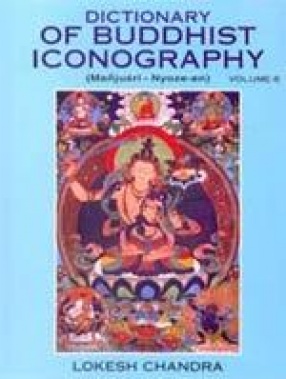
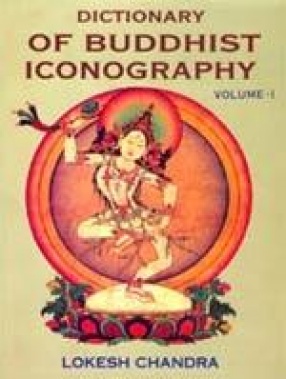
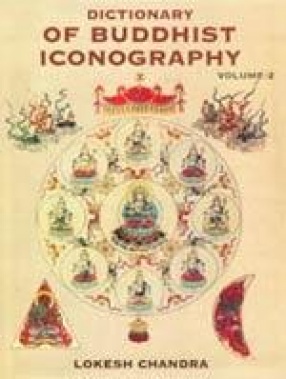
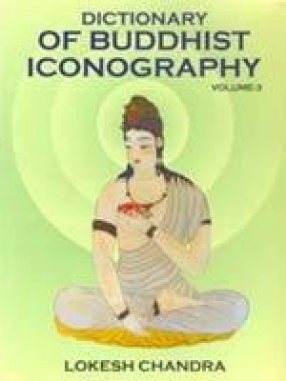
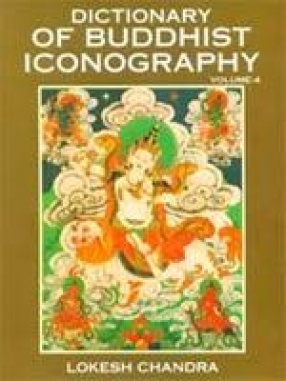
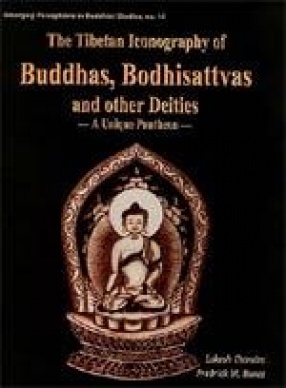
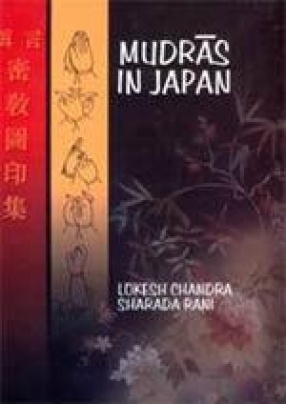
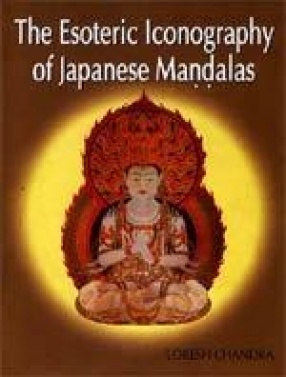

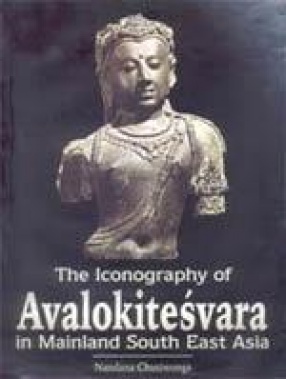
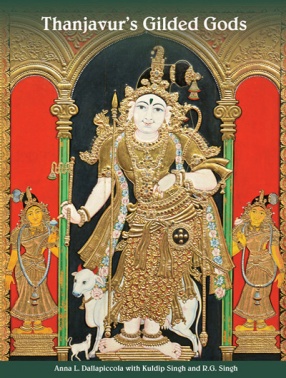
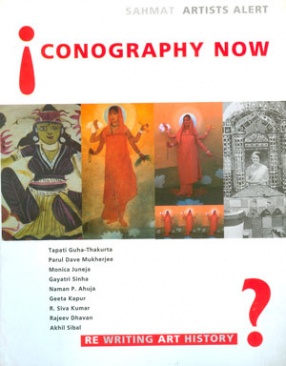
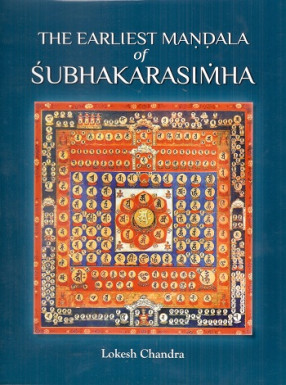

Bibliographic information